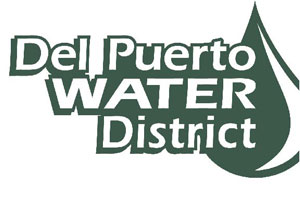Recycled Water Project for Water Stability: Collaborative Funding, Part 3
Anthea Hansen on Collaborative Funding
By Brian German, Associate Editor
Part 3 of our ongoing coverage of the North Valley Regional Recycled Water Program with Anthea Hansen, general manager of the Del Puerto Water District, described how the district was able to secure funding for a project of this magnitude.
“In our partnership with the cities of Modesto and Turlock and what I’ll call ancillary partners in Stanislaus County and the City of Ceres, we have leaned heavily on our partners for advanced funding,” Hansen said. Turlock and Modesto will be providing the Del Puerto Water District with treated, recycled water transported by direct pipeline to the Delta-Mendota canal for temporary storage. From there, the water will be distributed to agricultural customers within the Del Puerto service area.
Acknowledging the shared financial burden of getting the project off the ground, Hansen shared, “We have very solid agreements in place and the cities have assisted the district by fronting a great portion of the effort thus far—on the condition that once the project comes to fruition, they will recoup all of their input costs, plus a guaranteed revenue stream on the water supply over the life of the partnership. So it’s worked very well,” she said.
Hansen also noted her appreciation for the collaboration among the people in her area and for their understanding that comprise is a much more effective way to achieve water goals, particularly given that many sectors of the community are competing for limited water supplies. “Del Puerto ratepayers have certified they are willing to pay the entire cost of the project,” Hansen said, “including all costs incurred thus far. So, agriculture will fund the delivery system and the water supply,” adding again that upfront funding by cities at the beginning of the project aided the situation.
Forging strong community partnerships to achieve a more stability water supply is key, according to Hansen, “because we haven’t been in a position to put up the risk capital and the money in advance of water deliveries, so it’s been a truly remarkable public-private partnership that we’ve developed,” she said.












